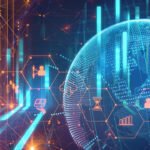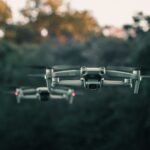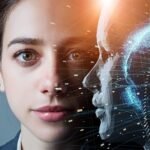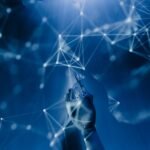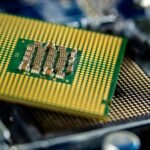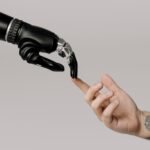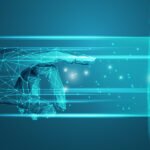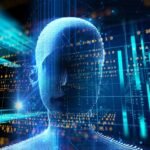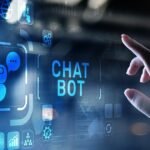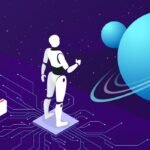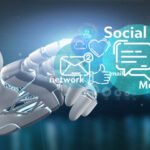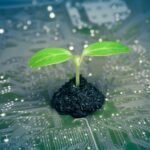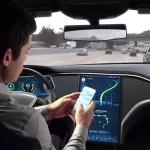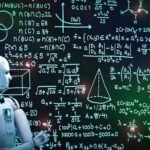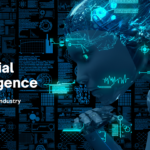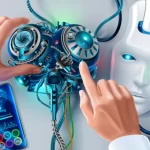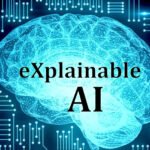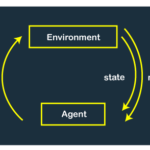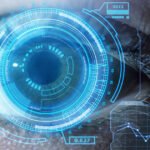AI and Music Composition: The intersection of AI and creativity in composing music.
The world of music composition has long been an arena of boundless creativity, where human composers draw inspiration from emotions, experiences, and imagination to craft melodic masterpieces. With the advent of artificial intelligence (AI), a new dimension has been added to this creative process. AI-powered tools are now collaborating with human composers, challenging traditional notions of creativity and revolutionizing the way music is composed. In this article, we embark on a melodious journey through the realm of AI and music composition, exploring the harmonious intersection of technology and human ingenuity.
I. A Symphony of Creativity and Code
At its core, music composition involves intricate combinations of notes, rhythms, harmonies, and melodies, all woven together to evoke emotions and tell stories. While the realm of music has always been a human endeavor, AI is redefining what it means to create music by pushing the boundaries of innovation and imagination.
II. How AI Enhances the Creative Process
- Music Generation Algorithms AI algorithms, such as recurrent neural networks (RNNs) and generative adversarial networks (GANs), can analyze vast repositories of musical compositions. By learning patterns, styles, and structures from various genres, AI can compose original pieces that mimic the styles of famous composers or create entirely novel compositions.
- Collaborative Composing AI tools can work collaboratively with human composers, providing suggestions and variations to spark new creative directions. Composers can input melodies, themes, or harmonies, and AI algorithms can generate complementary segments, serving as a source of inspiration.
- Genre Blending and Innovation AI is breaking down genre barriers, allowing composers to experiment with fusion and create unique soundscapes. By training on diverse genres, AI can produce compositions that blend elements of classical, jazz, electronic, and other styles, leading to innovative musical expressions.
III. Noteworthy Examples of AI-Generated Music
- AIVA (Artificial Intelligence Virtual Artist) AIVA is an AI-powered composer that can generate orchestral music, inspiring composers with its creative suggestions and serving as a collaborative tool for musical innovation.
- Flow Machines Flow Machines is an AI project that explores the composition of music in various genres, from pop to jazz. It has been used to create original songs, demonstrating AI’s ability to capture the essence of different musical styles.
- Google’s Magenta Project Magenta focuses on the intersection of AI and music, producing tools and models that help both novice and professional musicians create compositions and explore new musical territories.
IV. Navigating the Balance: AI and Human Creativity
While AI offers incredible potential in music composition, questions arise about its impact on the creative process and the role of human composers. The partnership between AI and musicians raises debates about the authenticity of AI-generated music and the emotional depth it can convey.
V. The Future Harmony
As AI algorithms continue to evolve and become more sophisticated, the future of music composition is brimming with possibilities. AI may not replace human composers, but rather amplify their creative capabilities, enabling them to explore uncharted musical territories and spark new artistic movements.





